STRATEGIC DESIGN
When confronting new challenges, we must be able to design our own uniquely effective answers.
LATEST
When new options are required
We hope to advance society’s ability to cope with complex issues, such as climate change and demographic shifts, by developing strategic design as a tool to better conceptualize and respond to so-called ’wicked’ challenges.
Today’s decision-making works well when precedents exist and context is static. Decision-makers come to a consensus about the nature of a problem, ask an organization to research and compare proven models, engineer the solution, and deliver it to end-users.
Yet today’s challenges are highly interconnected and dynamic, demanding new solutions for which our institutions are often ill-equipped. We need new tools that allow our most important institutions to work in an integrated fashion.
Beyond vision
There is no lack of vision in the world today, but vision alone is hard to act on. The difficulty of winning political consensus on important issues (education, healthcare and fiscal policy, for example) means that these conversations often remain at a fairly abstract level with specific plans and proposals tucked away in piles of paper that few people read.
Nevertheless, when consensus does come, action follows and therein lies the dangers of having strong vision but fuzzy intent: someone will make specific plans about what to do, but will the choices reflect the original vision? Strategic design is the oil that smoothes the transition from a grand vision to a set of principles that can be used to make choices on an operational level.
Because vision is often tightly coupled with individual leadership, it can also be hard to know that we are really talking about the same thing. Even when individuals appear to be agreeing about a particular vision of change they may have different ideas about how to get there. For instance, we may buy into the notion that society should be diverse and well integrated, but how do we achieve that version of integration? Where do we start? And most importantly, what does success look like?
Between the motivating force of grand visions and the comforting directness of specific plans lays an important middle ground: strategic design. When working on something new, or in a new context, there inevitably comes a time when one must make a choice without the luxury of precedent or directive. In these moments when there is ‘nothing to do’ and no one to turn to, strategic design is a key asset.
Strategic design benefits from understanding what drives value within a given context, from an awareness of existing barriers, and from devoting time to discovering prime opportunities for creating new value. Ultimately this yields a more complete description of the problem which then enables one to more readily develop actions that deliver positive impact.
Deep change
Where previously the focus has been on improving inherited systems, today’s challenge is to dramatically rethink existing configurations or even create new systems. But who will design tomorrow’s models? Where do those abilities reside and what are the tools? Our ability to provide for our societies is being challenged by the fact that many of today’s problems are structural in nature, with little or no precedent.
What do you do when there is no model to copy, no precedent to improve upon? The radical financial changes sweeping Europe, for example, will not be answered by process improvements alone, rather they will require rethinking and redesign. These questions are the motivation for Sitra’s work, which seeks to create new design tools to shape better decisions and ultimately deliver improved outcomes—this is what we call strategic design.
Our work in strategic design
Sitra’s strategic design work is primarily focused in two areas: internal collaborations and international outreach.
Sitra’s programmes sometimes collaborate with each other on shared themes by using strategic design as the glue to fuse the separate entities. An example of this work is the ongoing Low2No Sustainable Urban Development project which involves many different parts of Sitra as well as outside partners.
Our main venue for fostering knowledge, capability, and achievement in strategic design is Helsinki Design Lab, an initiative that Sitra has sponsored since the 1960s and which was reborn in 2009 to focus on the intersection of governance and design. Through HDL we are attempting to advance the state of knowledge in the practice of strategic design. For more information see the HDL website.
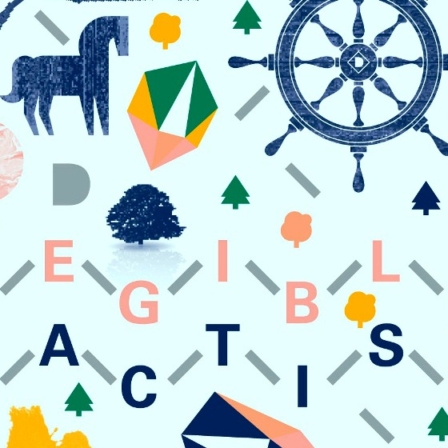
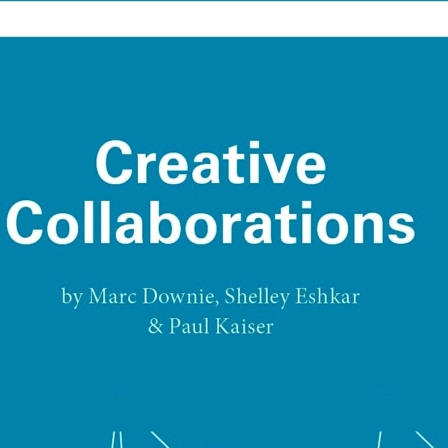
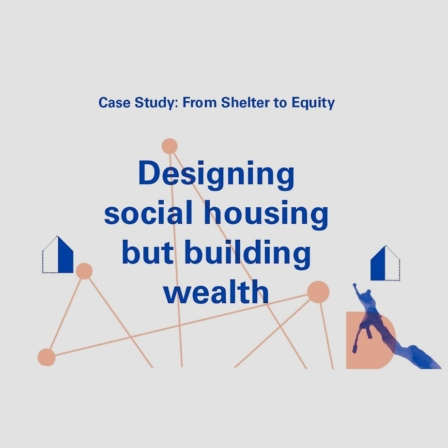

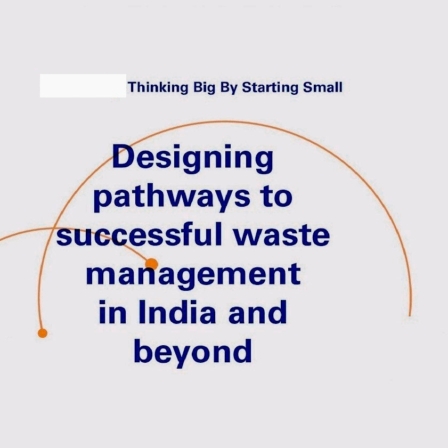

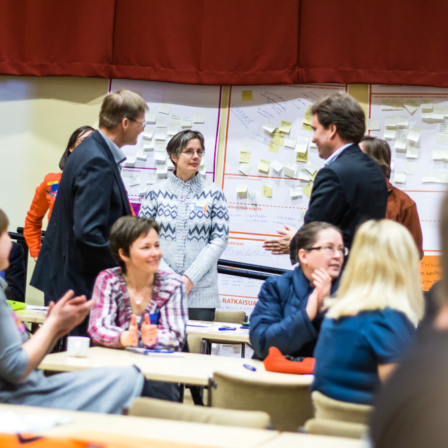




PUBLICATIONS